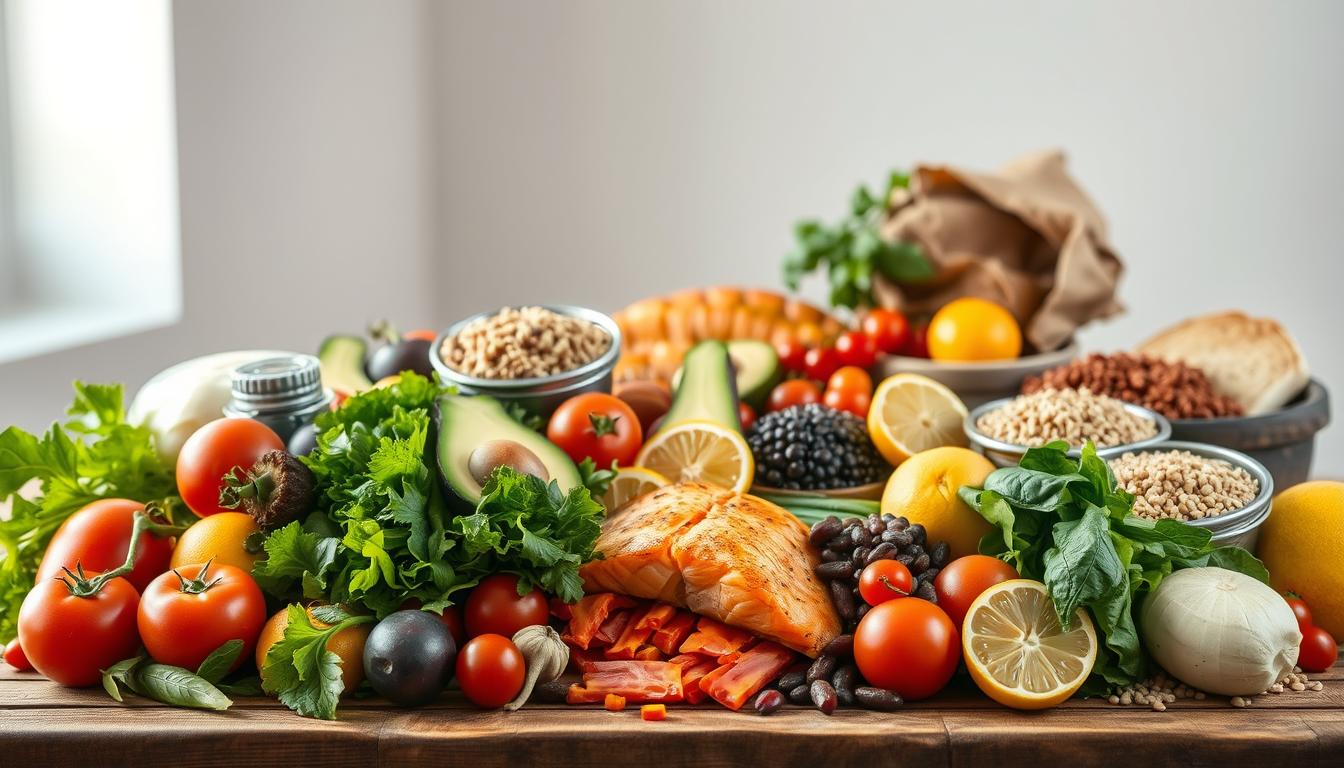Nearly 1 in 2 adults in the United States has high blood pressure, a condition that significantly increases the risk of heart disease and stroke….
Diet Plans for Medical Conditions
Natural Diet Plan to Manage Type 2 Diabetes
Managing type2 diabetes effectively requires a comprehensive approach, with a well-structured diet plan playing a crucial role in controlling blood sugar levels. According to the…

